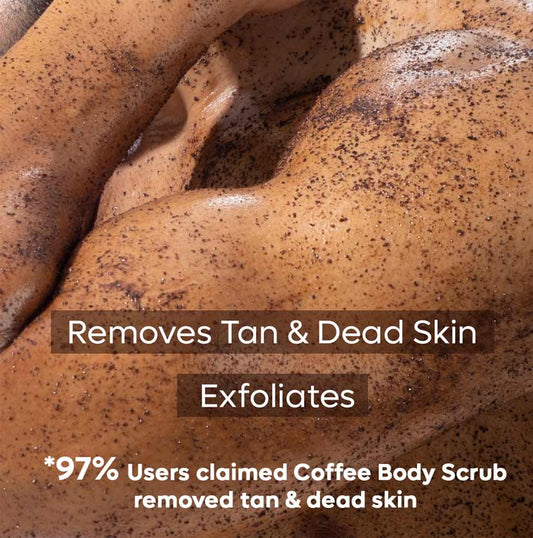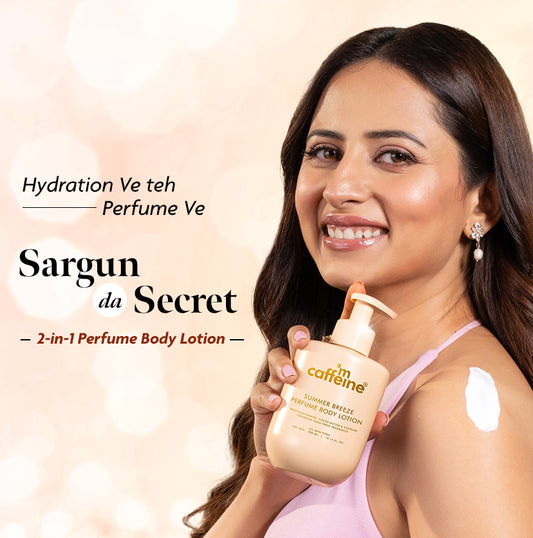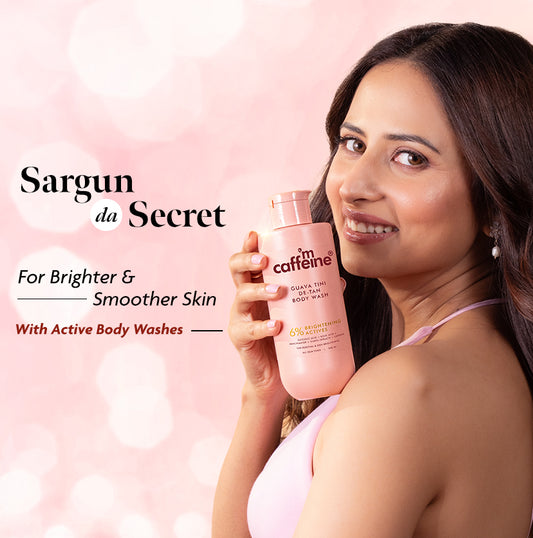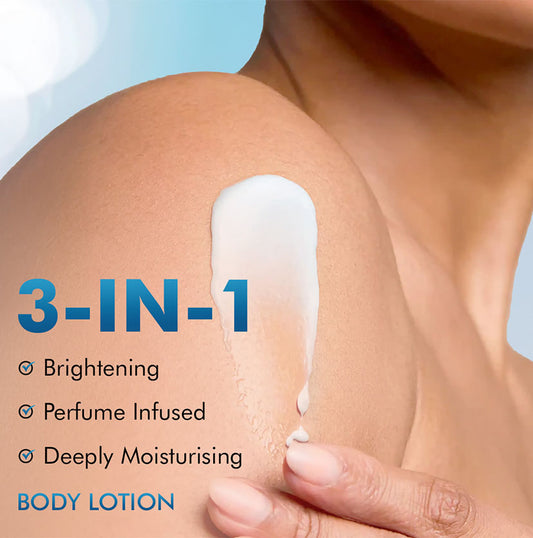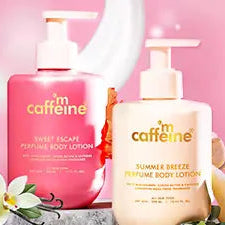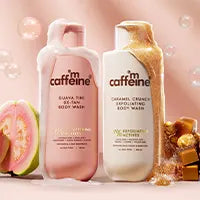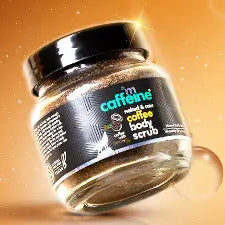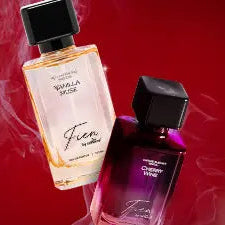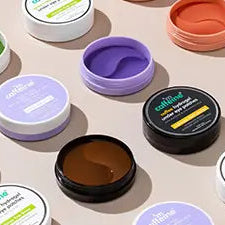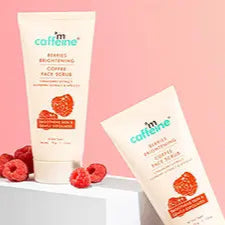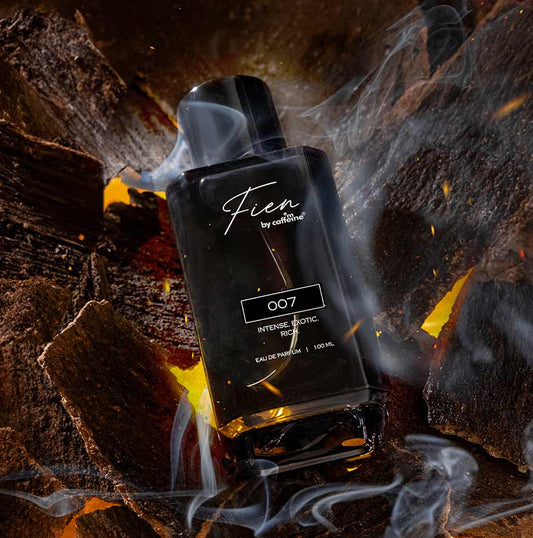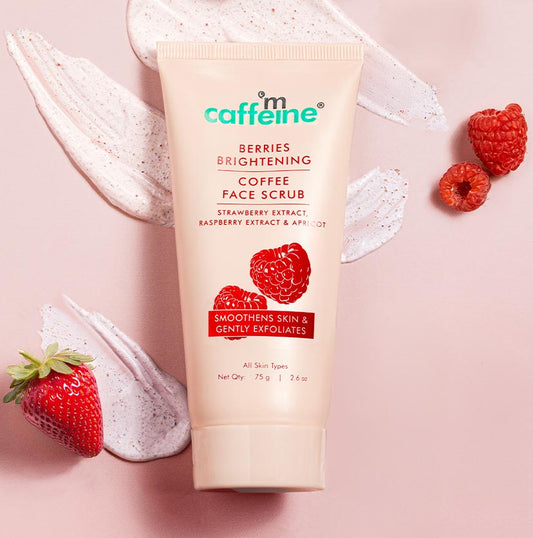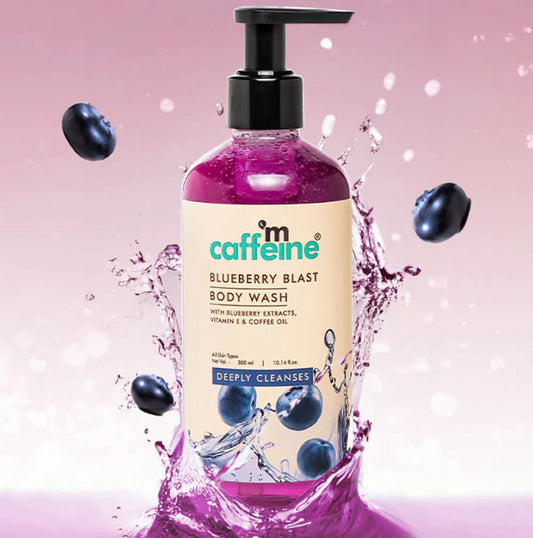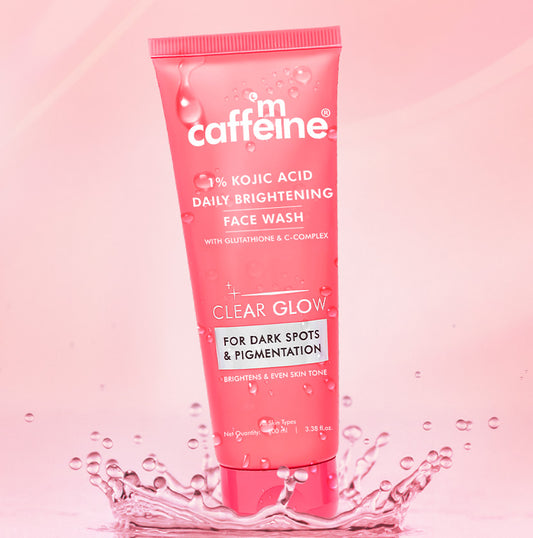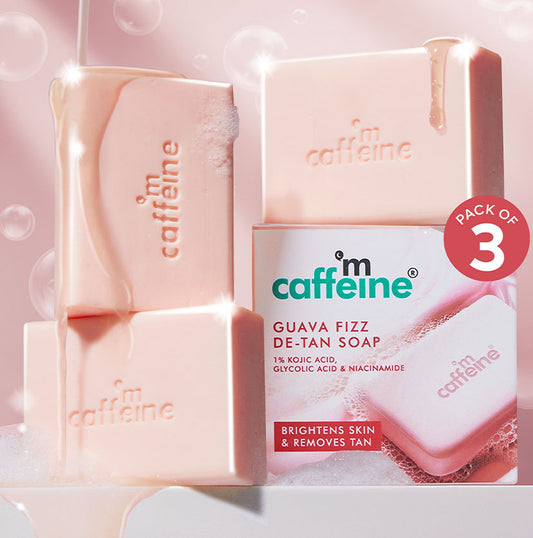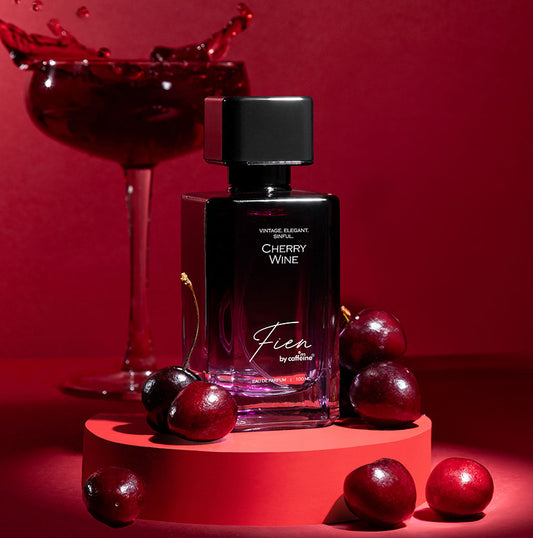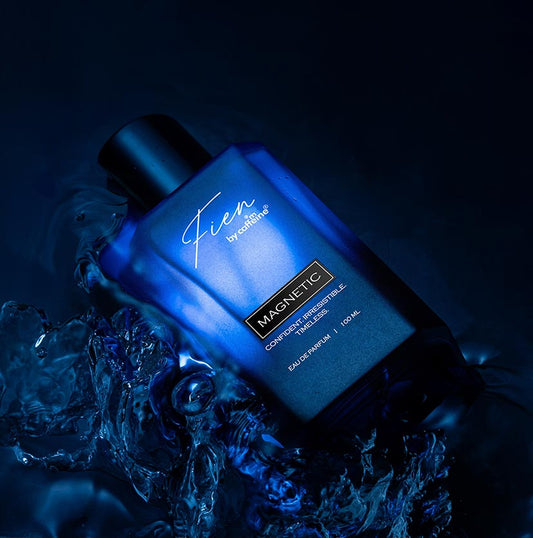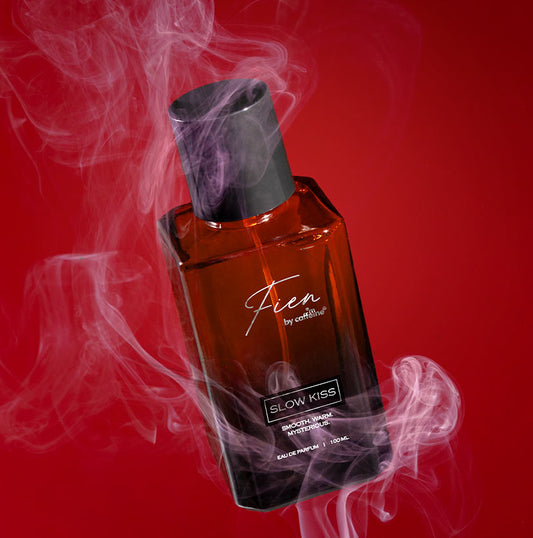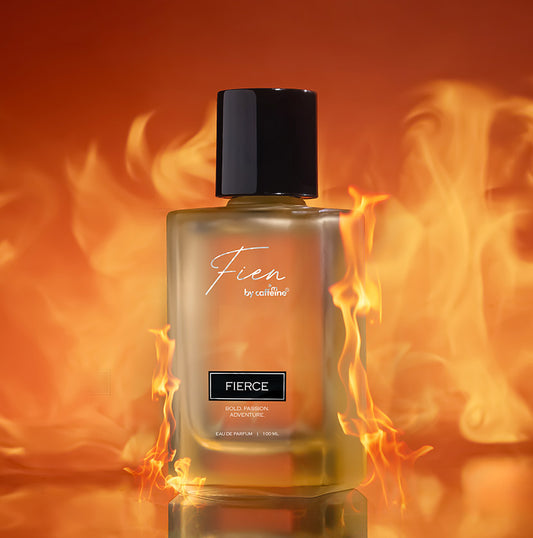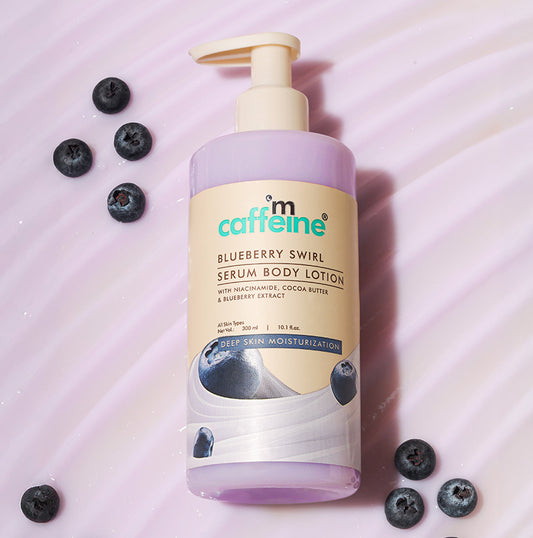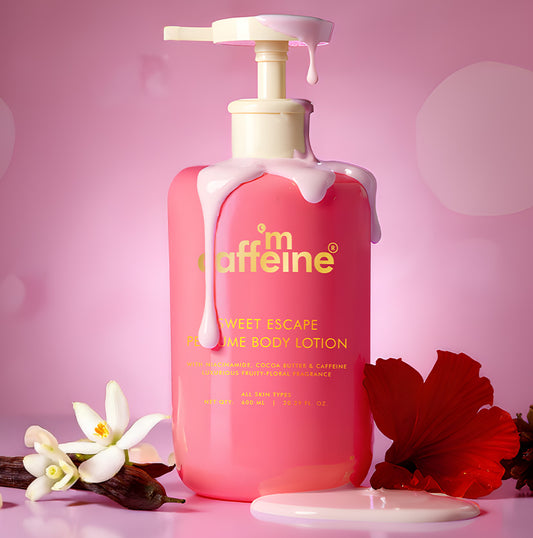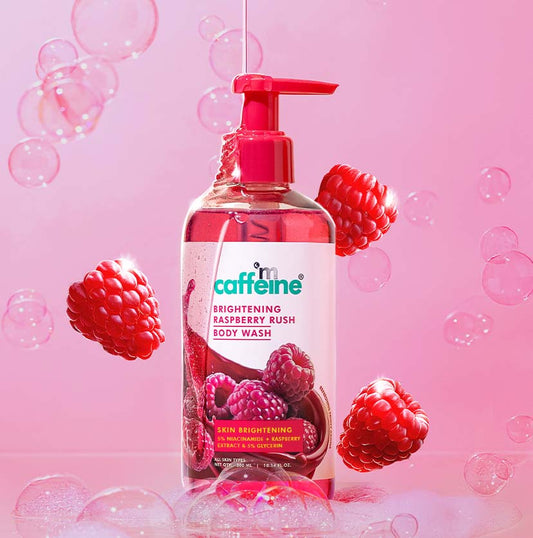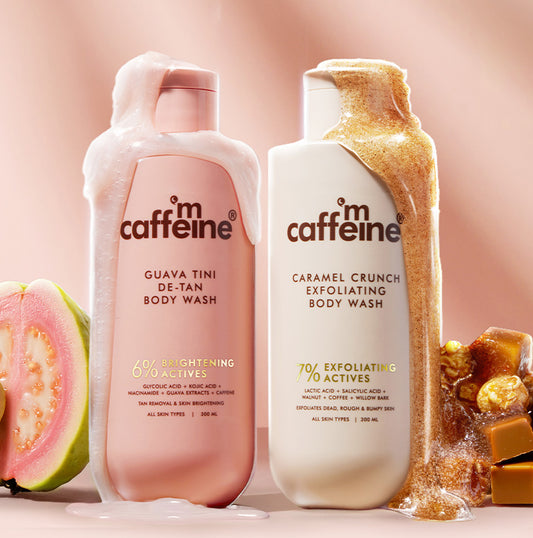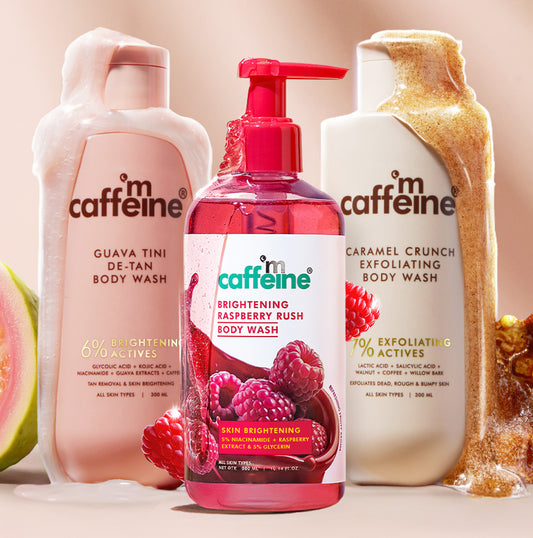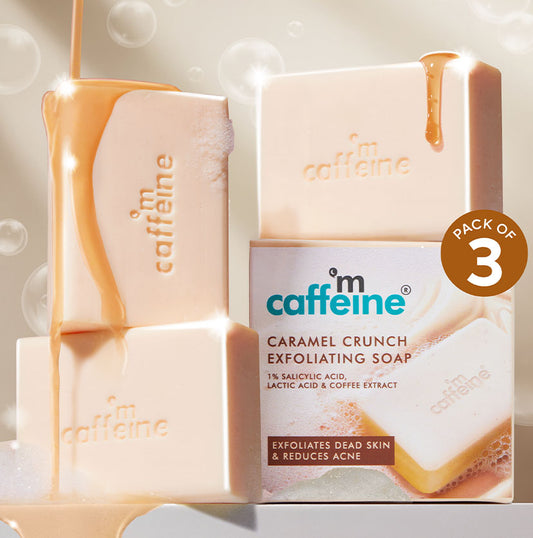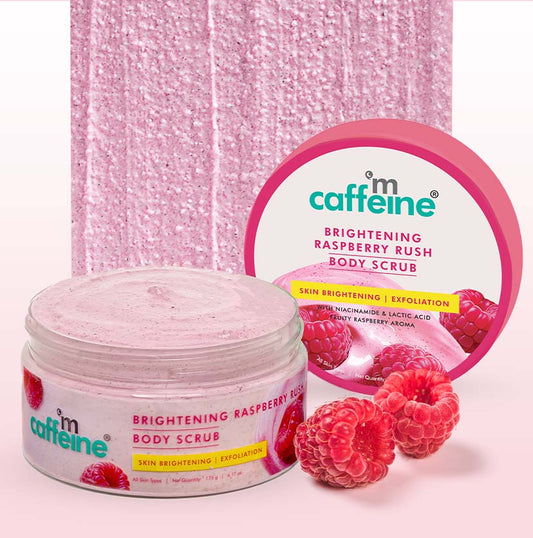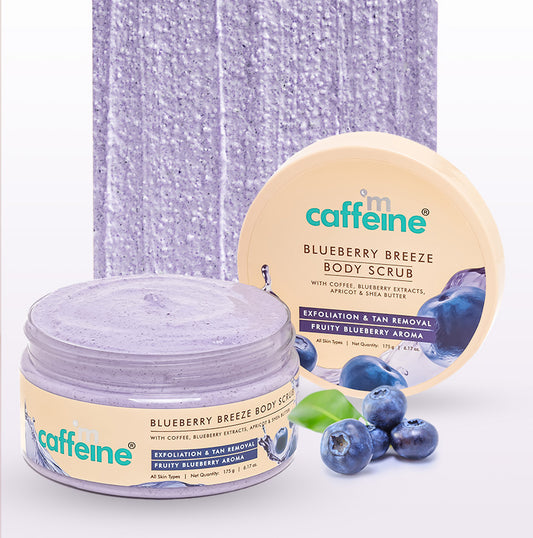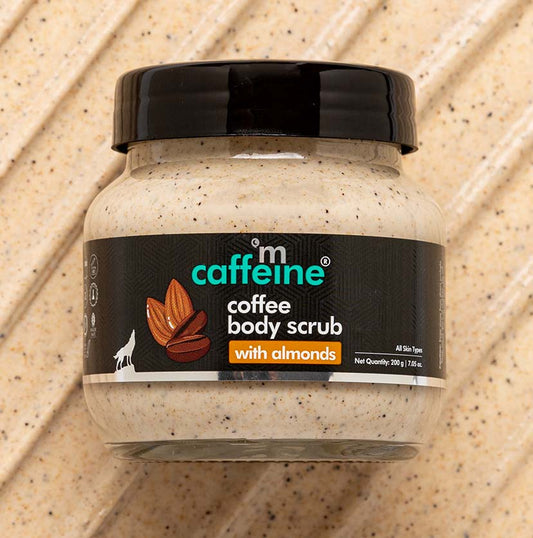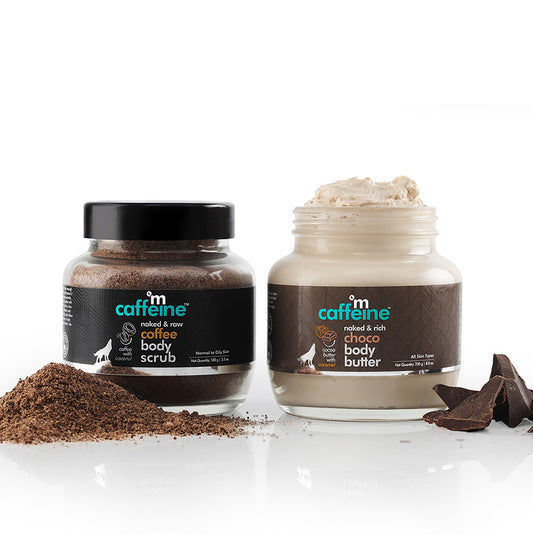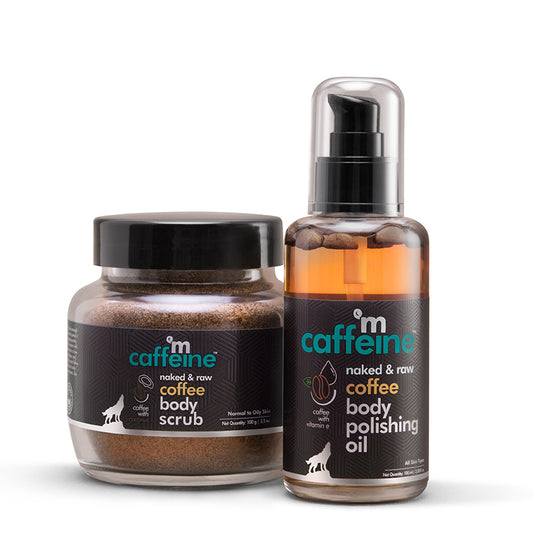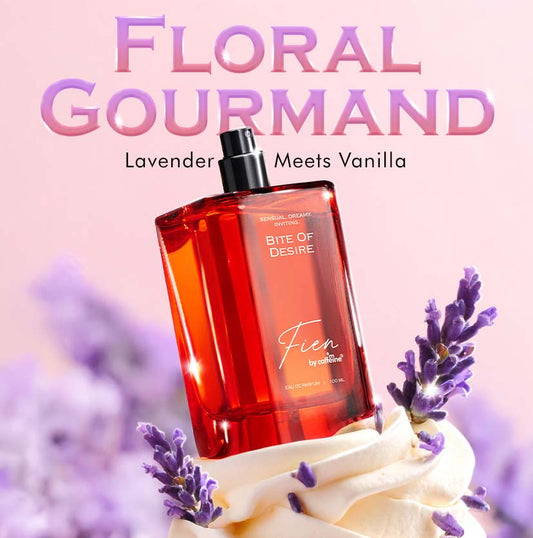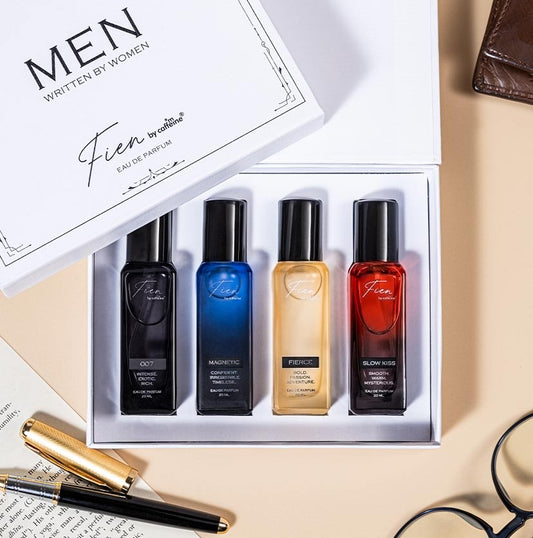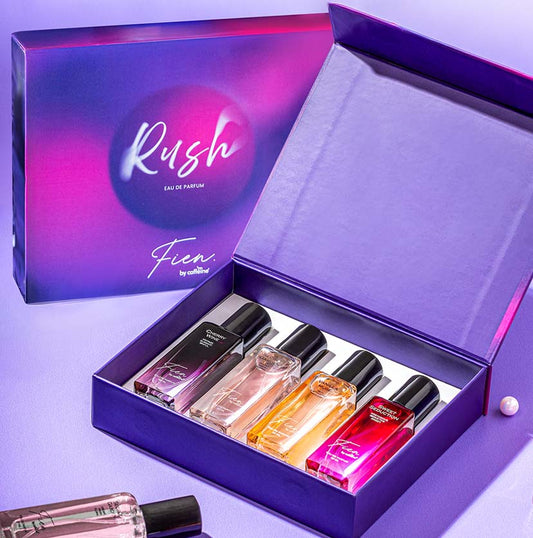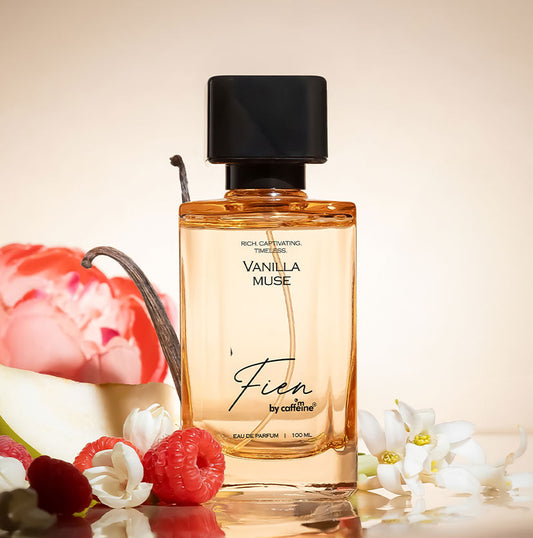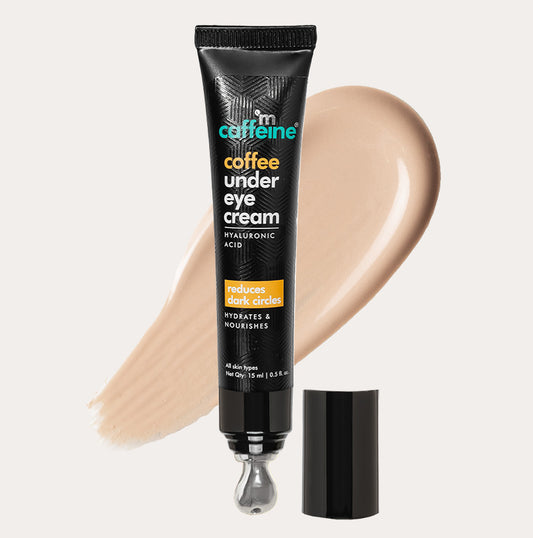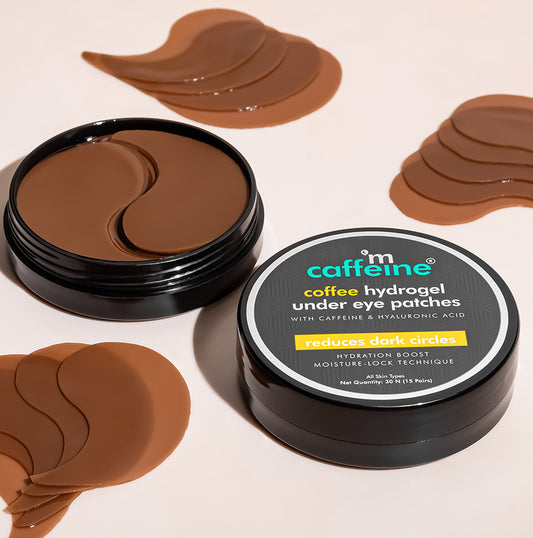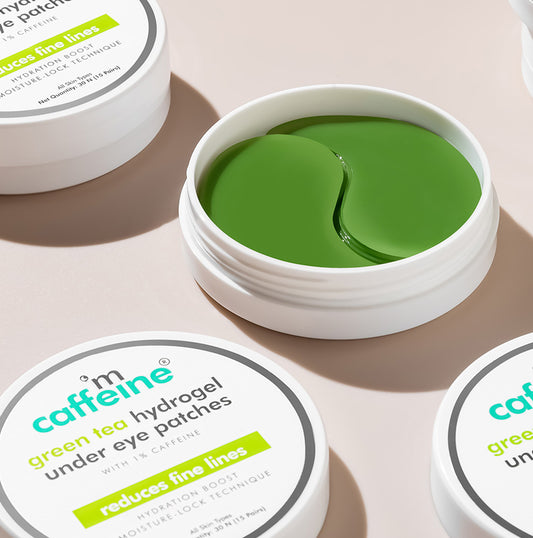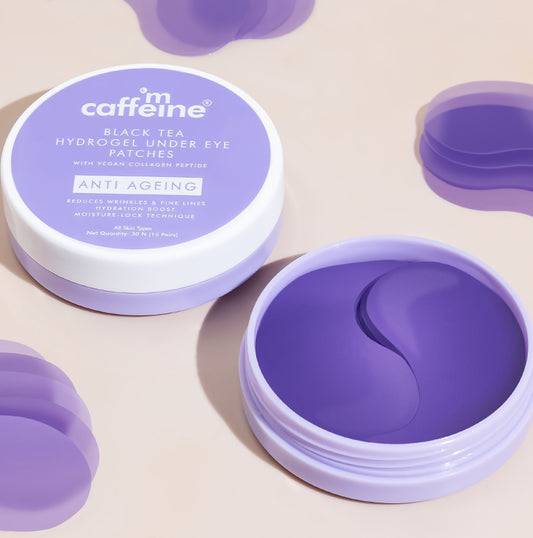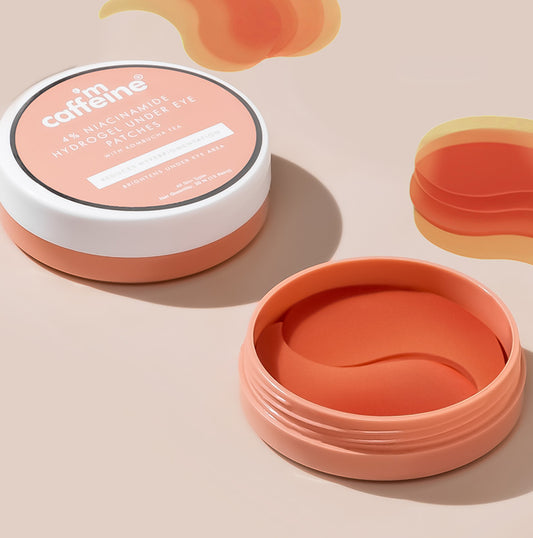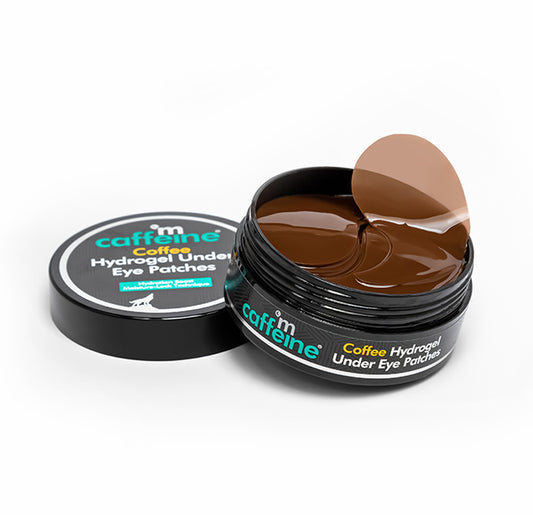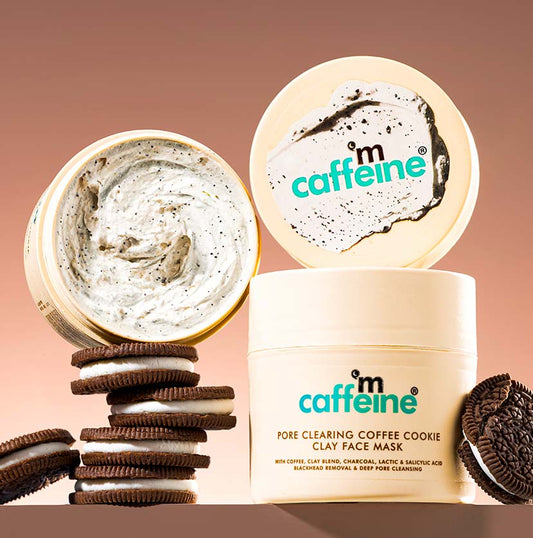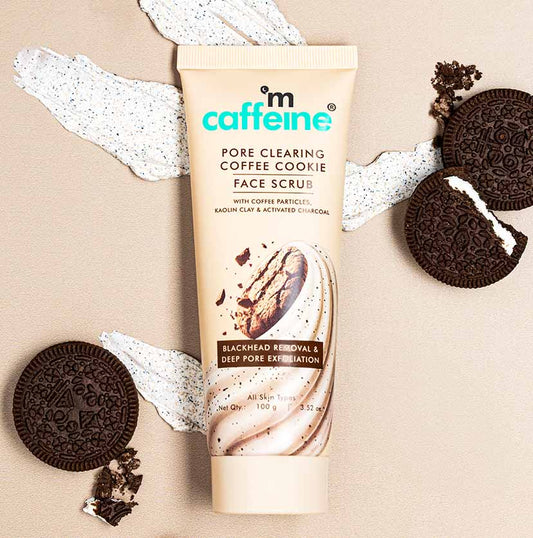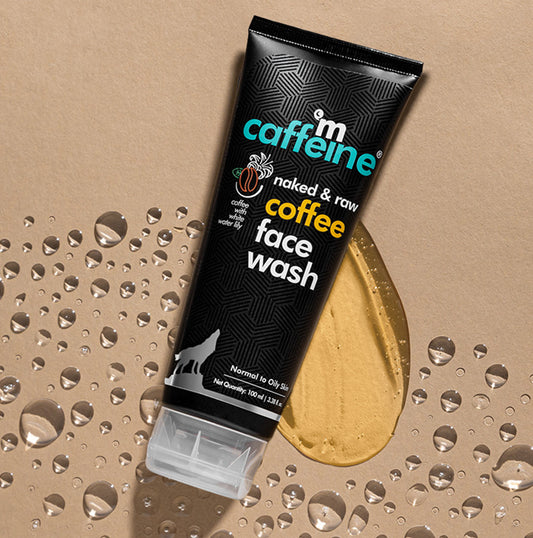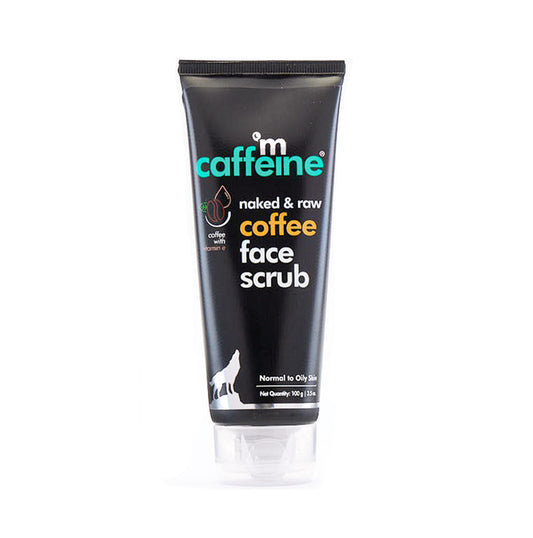Can You Really Repair Damaged Hair? The Hair Damage Truth
04 Dec 2024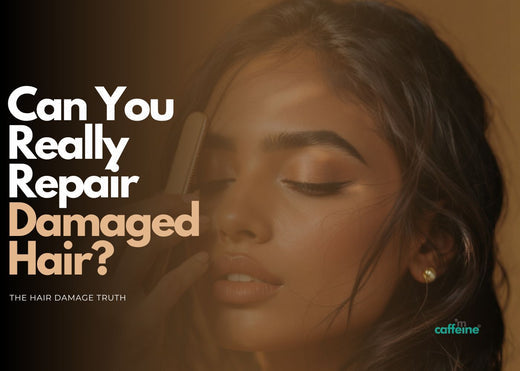
|
Table of content:
|
Introduction
Hair damage is something many of us deal with—split ends, breakage, and dry, brittle strands can make us question if our hair can ever be restored to its former glory. Is there a real way to repair damaged hair, or is that just wishful thinking? Let’s break down the truth about damaged hair, dispel some myths, and explore how to actually improve the health of your hair. This guide will give you the insights you need to understand the best methods to make your hair feel and look much healthier.
Can Damaged Hair Really Be Repaired?
Damaged hair, unfortunately, cannot be entirely repaired in the same way skin heals itself. Once a strand of hair is split or broken, it cannot physically reattach or regenerate. However, there are methods to improve damaged hair, which include making it look and feel a lot better. Damage can be minimized, and with proper care, you can give your hair the nourishment it needs to become stronger and shinier.
Using specialized hair products like the Advanced Hair Growth Collection helps nourish the hair follicles and supports healthy hair growth. These types of serums are designed to protect against further damage and add strength to the strands, but they don't "heal" existing splits.
Myths vs. Facts About Hair Damage
It’s time to address some of the most widespread hair myths and clear up the confusion about what works and what doesn’t.
Myth 1: Trimming Makes Hair Grow Faster
Trimming your hair regularly does not cause your hair to grow faster. The truth is, hair growth occurs at the scalp, and trimming the ends won’t affect the growth rate. However, trimming can help prevent split ends from traveling up the shaft, making your hair look healthier and reducing hair breakage.
Myth 2: You Should Wash Your Hair Every Day
Frequent shampooing is often seen as a good habit, but washing your hair daily can actually strip it of its natural oil, leading to dry hair and breakage. How often you should wash your hair depends on your hair type. If your hair tends to be oily, you might need to wash it more frequently, but most people do well washing two to three times a week.
Myth 3: Blow Drying Will Always Damage Your Hair
Using blow dryers isn’t inherently bad. The issue comes from high heat settings that damage hair proteins. Blow-drying on a cool or medium setting, combined with a good heat protectant spray, can help minimize damage. For an even gentler method, consider letting your hair air dry or using a microfiber towel to remove excess water.
Myth 4: Brushing Wet Hair is Fine
Brushing wet hair can lead to severe hair breakage, as wet hair is much more vulnerable to stretching and snapping. It’s always better to use a wide-toothed comb to detangle hair when it’s wet, starting from the ends and gently working your way to the roots.
Myth 5: Damaged Hair Can Be Repaired Completely
One major hair damage truth is that damaged hair cannot be fully repaired. Once hair is split, no product can seal it back together permanently. However, using repairing treatments like hair masks can improve the appearance and texture of damaged strands, and products like hair serums can help prevent future breakage.
Repair Techniques That Actually Work
While complete repair isn’t possible, there are ways to repair damaged hair effectively to improve its condition and prevent further harm. Let’s go over some practical techniques that actually work:
1. Deep Conditioning Treatments
Deep conditioning is one of the most effective ways to restore moisture to dry hair. Applying a hair mask once a week, enriched with hydrating ingredients like caffeine, argan oil, or shea butter, helps nourish and soften hair. Regular deep conditioning makes your hair appear smoother and shinier while reducing hair breakage.
2. Avoid Heat Styling as Much as Possible
Heat styling can make hair weak and lead to breakage. Cutting back on the use of blow dryers, curling irons, and flat irons helps in maintaining healthy hair. When styling with heat is necessary, always use a heat protectant to shield your strands from damage.
3. Choose the Right Hair Care Products
Picking the right shampoo and conditioner for your hair type makes a big difference. Products that are free from sulfates, silicones, and parabens are less likely to contribute to further damage. The Advanced Hair Fall Control Collection reduces hair fall and supports effective hair growth.
4. Keep Hair Moisturized with Serums
Adding a hair serum to your routine helps lock in moisture and prevent dryness. Serums with ingredients like caffeine and rosemary help nourish both your hair and scalp, adding shine and making your strands more manageable.
5. Get Regular Trims
Getting regular trims every 6 to 8 weeks doesn’t make hair grow faster, but it does eliminate split ends, helping to prevent further hair damage. Split ends left untreated can travel up the hair shaft, leading to more breakage and making hair look frizzy.
6. Maintain a Healthy Diet
Nutrition plays an important role in healthy hair growth. Eating foods rich in proteins, omega-3 fatty acids, biotin, and vitamins A and E contributes to healthier hair follicles. Foods like nuts, seeds, eggs, and leafy greens nourish the scalp and support growth from the roots.
The Role of Moisturization in Hair Health
Moisturizing hair is vital for keeping it healthy, as it prevents dry hair and reduces hair breakage. When hair loses its moisture due to frequent washing, heat exposure, or environmental factors, it becomes prone to damage.
To maintain the right balance, it's a good idea to use a leave-in conditioner or serum after washing. The Hair Fix Serum can help restore moisture and keep hair shiny and soft. Applying a deep conditioning hair mask once a week also helps lock in moisture, leaving your hair more resistant to damage from external stressors.
A Hair Care Routine to Prevent Further Damage
The best way to deal with damaged hair is to prevent more damage from occurring. Below is a consistent routine to help ensure your hair stays healthy and strong:
- Wash Properly: Use a gentle shampoo and conditioner suitable for your hair type. Shampoo no more than two or three times a week to avoid stripping your hair of natural oil.
- Condition Always: Condition every time you wash to add moisture and protect the hair shaft from damage.
- Detangle Carefully: Use a wide-toothed comb for detangling, starting at the ends and working upwards. Avoid brushing wet hair unless absolutely necessary.
- Limit Heat Exposure: Minimize the use of heated styling tools. When you need to blow dry, keep it on a low setting, and try to air dry whenever possible.
- Add Serums for Extra Protection: Incorporate a hair serum like the Advanced Hair Growth Serum into your routine. This serum helps protect hair from environmental factors while enhancing smoothness and shine.
- Eat Well: Make sure your diet includes the nutrients your hair needs to stay healthy, such as proteins, vitamins, and minerals.
Conclusion
The truth about damaged hair is that while it can't be fully repaired, there are steps to improve how it looks and feels. Proper hydration, a good hair care routine, and minimizing heat exposure are key to reducing further damage and promoting stronger, shinier hair. The best thing you can do for repairing damaged hair is to take preventive measures, use the right products, and treat your hair with care.
Products like the Caffexil® Shampoo and Conditioner offer specialized formulas to promote hair health while reducing hair fall. Embrace a consistent routine, make hydration a priority, and be mindful of what your hair needs to thrive. With the right care, it’s possible to have hair that feels and looks healthy, even after damage.
FAQs
- Can damaged hair be repaired completely?
No, damaged hair cannot be completely repaired, but you can make it look healthier. Deep conditioning treatments, hydrating products, and regular trims can improve the appearance of damaged strands.
- What are the common myths about hair damage?
Popular hair myths include washing hair daily is best, and heat tools are always bad. In reality, washing depends on your hair type, and using heat carefully can help style hair without causing too much harm.
- What are the consequences of not treating damaged hair?
Untreated damage often leads to split ends, hair breakage, and further dryness. Hair can become dull, brittle, and more prone to falling out if damage isn’t managed.
- How often should a hair mask be used?
Using a hair mask once a week provides necessary hydration and helps repair damaged hair by improving its softness and reducing breakage.
- Is it bad to brush hair when wet?
Yes, wet hair is fragile and prone to breakage. Using a wide-toothed comb is much gentler, helping to prevent unnecessary damage while detangling.






